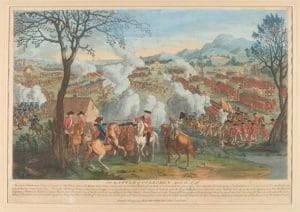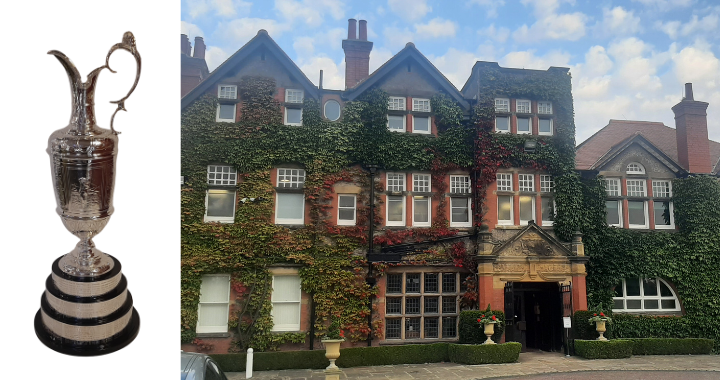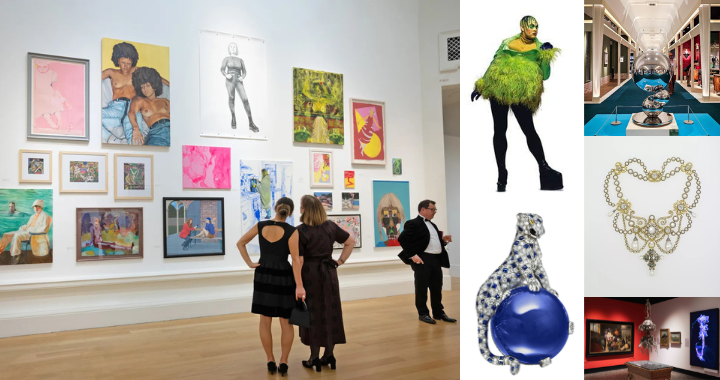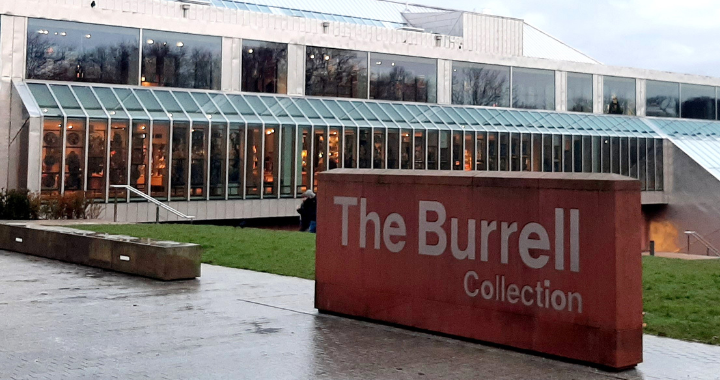
Fiona moved south from the Highlands of Scotland in 1996 to study for the Christie’s Postgraduate Diploma in Decorative Arts at Glasgow University. A move to Edinburgh followed where she was delighted to be offered a position within the Silver and Jewellery department of Bonhams Edinburgh, where she remained for 23 years.
With a keen eye for a tiny hallmark Fiona specialises in silver, with a particular love for Scottish Provincial. She has been involved in many notable auctions including the ground-breaking Bonhams annual Scottish Sale and has carried out numerous prestigious valuations including the silver collection of RAF Leuchars, and The New Club, Edinburgh, amongst others.
In her free time Fiona enjoys coastal walks with her children and finds banging a large drum for Commotion – Edinburgh Women’s Samba Band very therapeutic.
Learn more about Fiona:
Which era of history fascinates you the most, and why?

Coloured line engraving by Luke Sullivan after A Heck .National Army Museum
As a true Highlander, being born and raised in Inverness I feel a strong connection to the Jacobites, particularly around the time of the Battle of Culloden, 1746. As a child, our Sunday walks often took us to Drummossie Moor, (Culloden Battlefield). That fateful battle shaped the future of Scotland and changed life in the Highlands forever.
What sparked your interest in valuations, and how did you get started in this field?
My Dad was an architect and always had a love of the arts. During school summer holidays I would accompany him on site visits often to historical or derelict buildings in remote parts of the Highlands. This definitely sparked my interest in history and alongside my regular visits to Inverness Museum and Art Gallery and awoke my curiosity surrounding the value of antiques from different eras.
If you could own any piece of jewellery/artwork, what would it be and why?
The Minoan Bee Pendant, Heraklion Archaeological Museum, Crete. My childhood family holidays involved various trips to the ancient ruins of Greece. Following a trip to Knossos we visited the above museum to view the artefacts. The intricate detail and incredible age of the gold jewellery was a wonder to me and brought to life the prosperity of ruling classes in Crete at this time, circa 1800 BC. The gold Bee Pendant the most beautiful thing I had ever seen.

The Minoan Bee Pendant, Heraklion Archaeological Museum
More from Fiona:
Subscribe to our newsletter
Sign up to receive our newsletter and receive the latest updates straight to your inbox.








